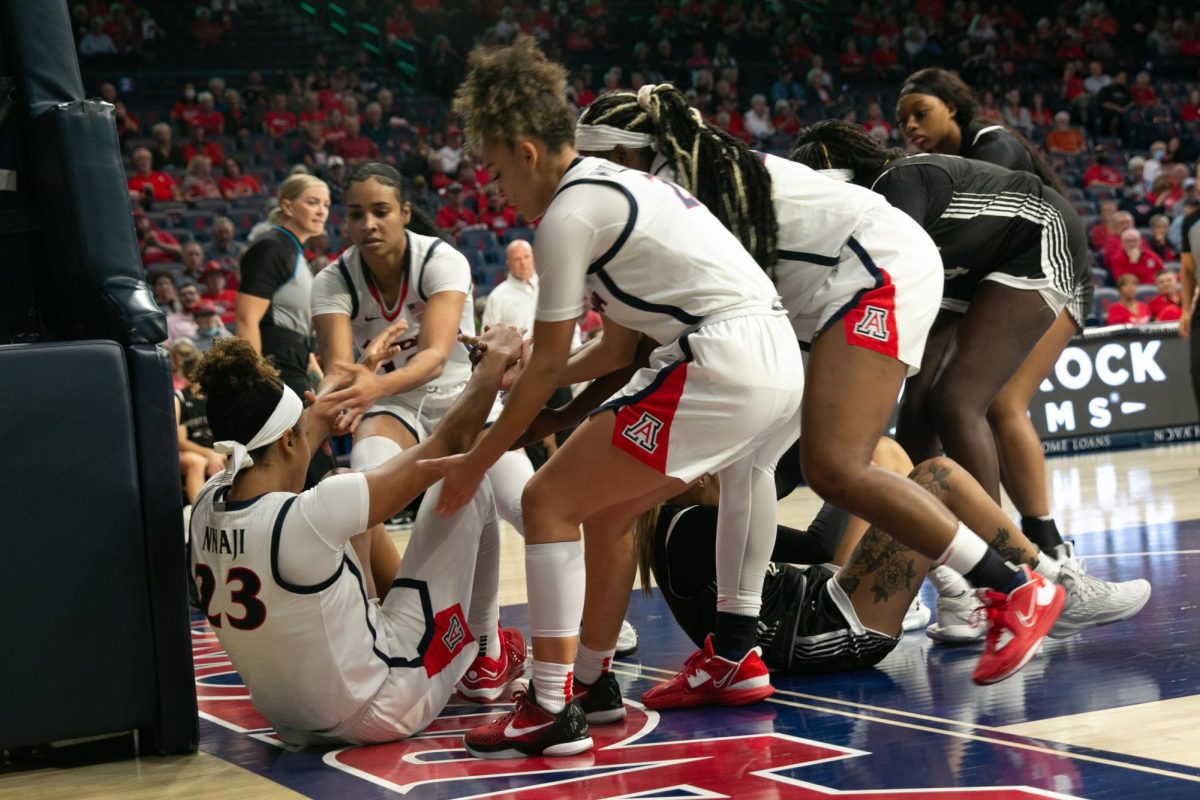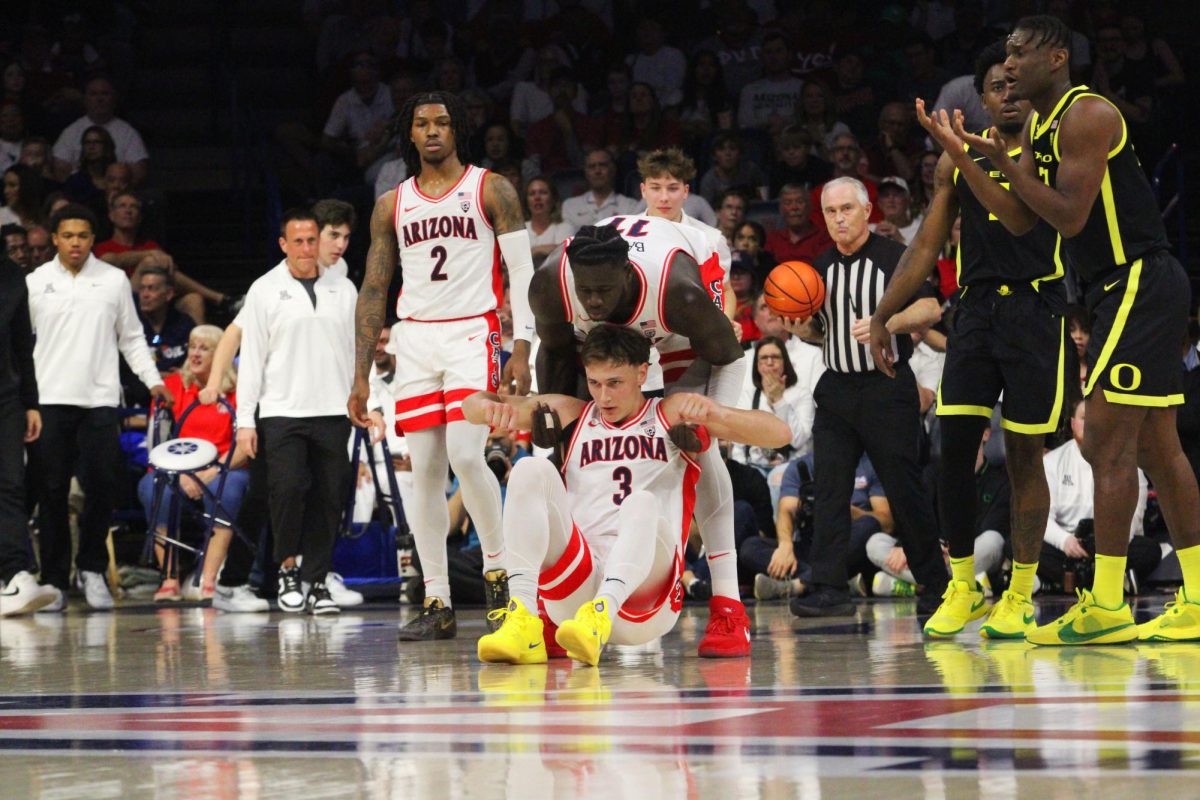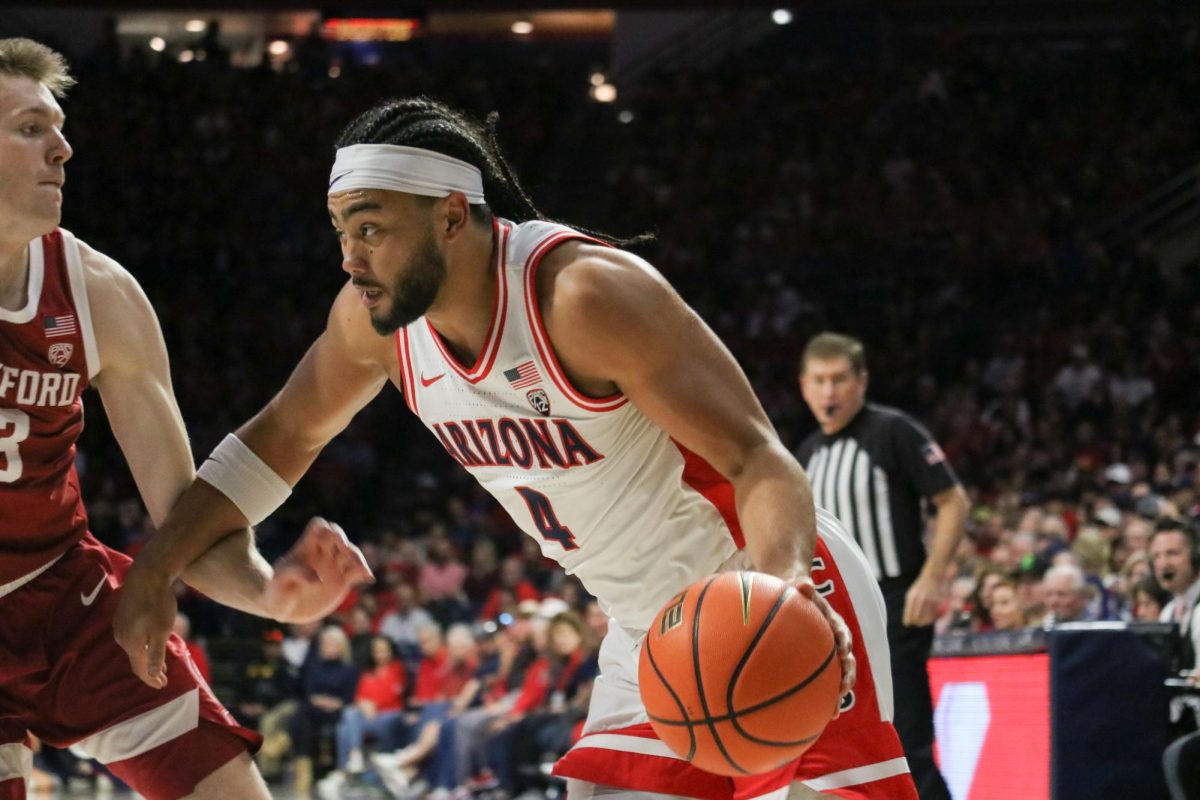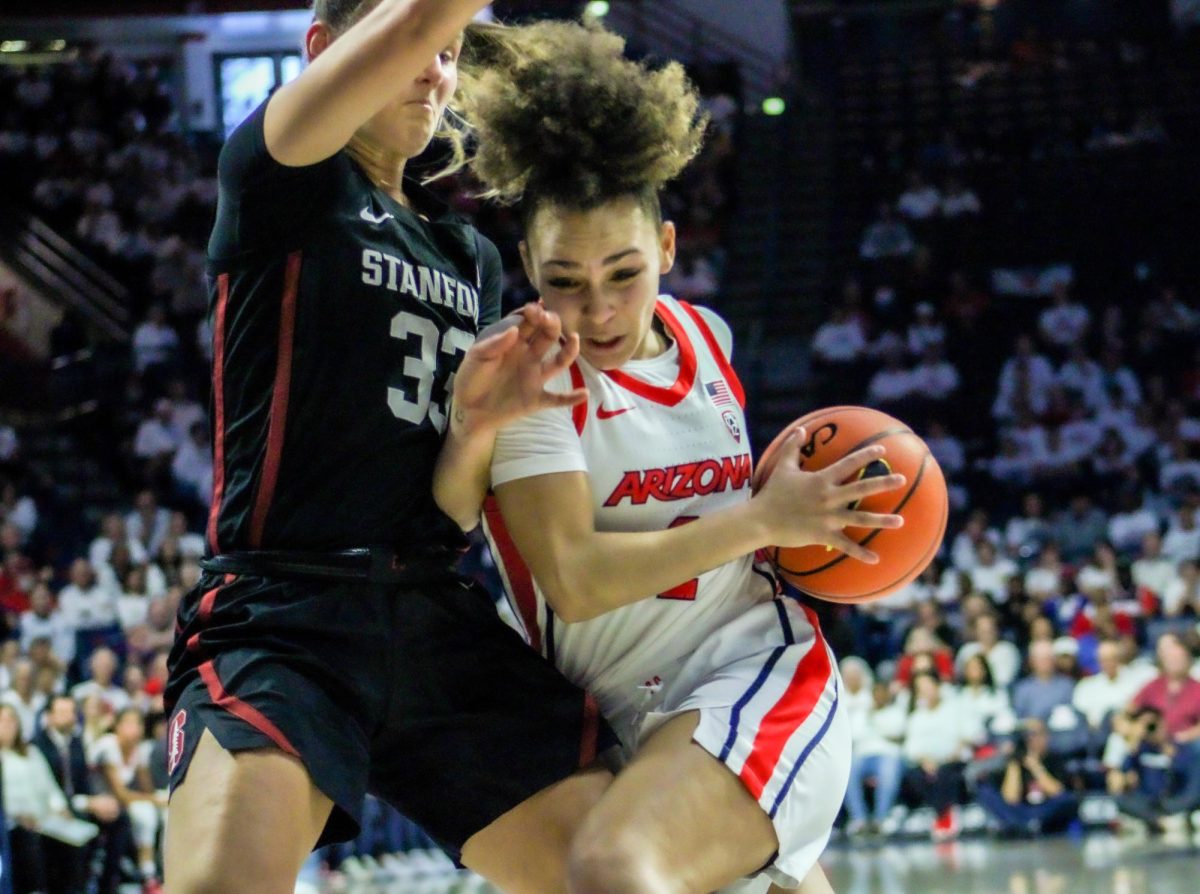In 1989, something happened that shook the math education world.
And though you probably weren’t aware of it when it happened, it’s a near guarantee that it shook your world too.
At the very least, it changed the way you were taught math.
1989 was the year that the National Association of Teachers of Mathematics issued a report in which members criticized the rote memorization foundation of most math education in America and stressed the importance of teaching real-world applications. Their recommendations included increasing the use of calculators in class – students would be using them in the real world anyway – and focusing class time on allowing students to chart their own course to solutions.
These ideas sound completely reasonable. Maybe making math seem less imposing and more “”explorable”” would help students leave their math-phobia behind.
1989 was also the year that President George H.W. Bush attended a summit on the state of education at a governor’s conference. The summit ended with a commitment to ensuring that U.S. students were the best in the world at math and science by the year 2000.
But it seems that the new plans haven’t gone so well.
As population powerhouses like China and India have been training their students to excel in math and science, interest in these subjects at the level of higher education in the U.S. has taken a nosedive.
While the U.S. once ranked third in the world in numbers of young people (ages 18 to 24) getting degrees in math and science, it has now sunk to 17th. The National Science Board reports “”a troubling decline in the number of Americans”” who are training to work in the sciences and as engineers.
The disinterest is showing up on the national scene as well: Federal funding for mathematic and scientific research as a share of the gross domestic product has fallen 37 percent since the 1970s, according to the Task Force on the Future of American Innovation.
Why? Most of us just don’t care very much about math anymore.
Educational efforts to teach us how applicable math was to the real world left us skeptical. Showing us that we could always get a calculator to do the work for us left us lazy. And requiring very little rote memorization has left us confused.
Luckily, educators and parents are both supporting a return to the basics. And in September of this year, the National Association of Mathematics Teachers released a new study that encourages a deeper focus on specific math skills – a reverse-course from the previous study that changed the way our generation was taught math. The New York Times recently ran a cover story highlighting the impassioned work of parents to get basic math education back in their schools.
That’s a good thing.
For the U.S. to excel in the knowledge economy of the future, we need a workforce that can do math without fear.
Let’s hope this new back-to-basics approach gains traction quickly. It’s the best way for us to get back on track in a world that still values math.
Until then, could you pass the calculator?
Opinions Board
Opinions are determined by the Wildcat opinions board and written by one of its members. They are Nina Conrad, Lori Foley, Ryan Johnson, Ari Lerner, Nicole Santa Cruz and Matt Stone.








